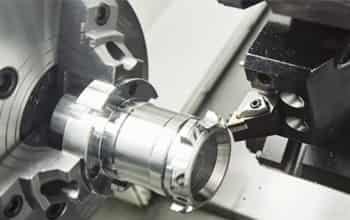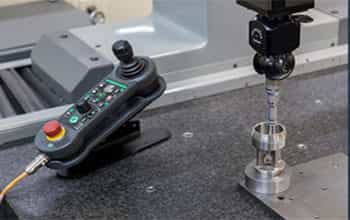Plastic injection mold steel materials selection principle
Aug 25, 2023
Plastic Injection Mold Steel Selection for Molding Components Molding components refer to the mold parts or components which have a direct contact with the plastic materials to form a product, such as mold cavities, mold cores, sliders, inserts and lifters, etc. The steel quality of the molding components has a direct influence on mold quality and service life, and determines the appearance and quality of a plastic injection molded product, so plastic injection mold making factory must make careful selection. Generally speaking, materials have to be selected based on contract stipulations, client requests, as well as product / mold requirements and characteristics. Principle for steel selection of molding components: different types of steels need to be selected based on types of plastic, product shapes / dimensions, product appearance / quality / application requirements and production scale, etc., while paying attention to the various material perfo...

